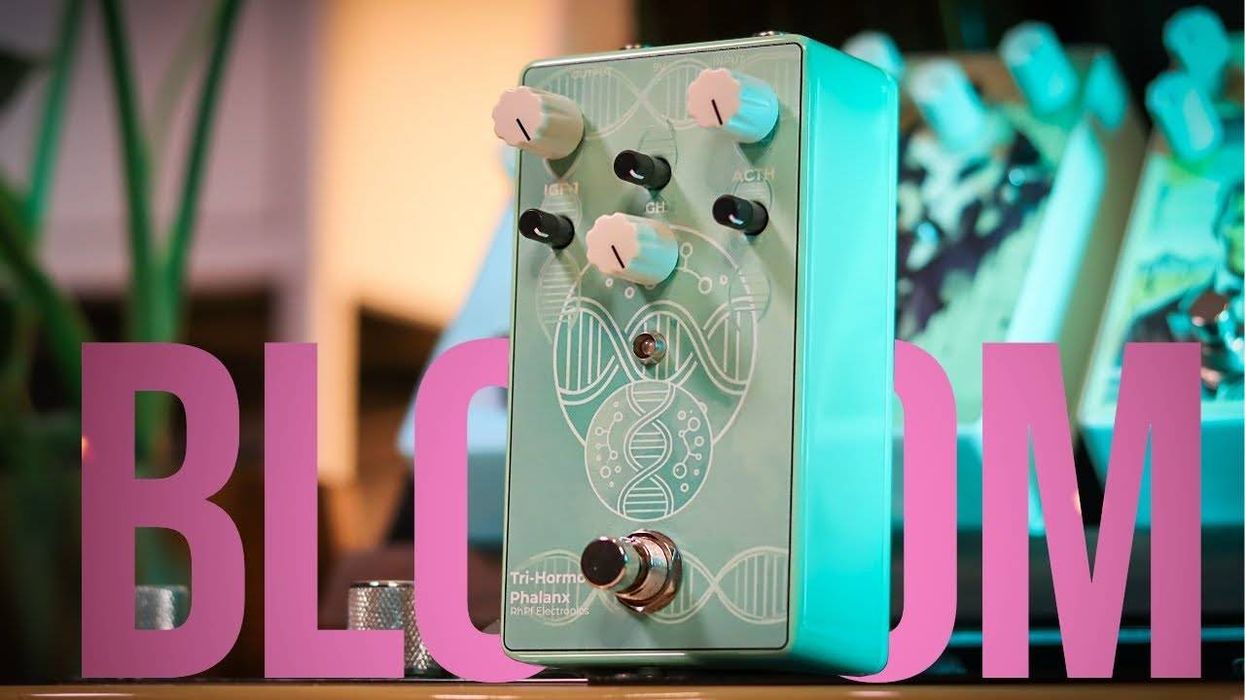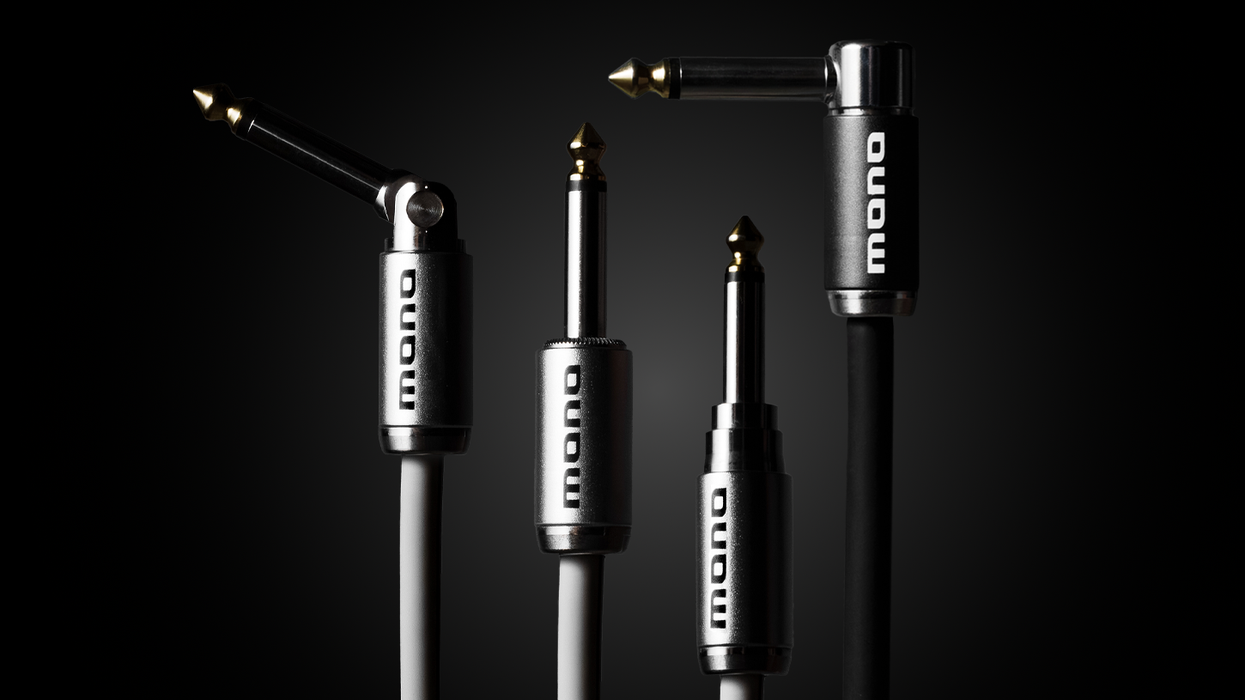After devoting several columns to exploring the physics of neck joints and how different designs can affect tone, let's bring things back to the most practical of all subjects: how to manage gear problems at a gig.
The electric bass is a straightforward instrument with just a few critical parts that might break at the wrong moment. Because of this, many bassists show up to a gig with only a spare set of strings (and sometimes not even that). To them I say: Don't be complacent. If you haven't yet experienced gear disaster onstage or right before a gig, it's only a matter of time before Murphy's law catches up with you. Although some of these events make for a good story after the fact, they are less entertaining while you're facing them. And the story is only worth telling if you somehow manage to cope with the problem without ruining the gig.
So, what tools and supplies should you bring to a gig? One could say that having a complete duplicate rig is the ideal way to avoid trouble, but that's not even an option for most bassists. Pros might travel with a backup instrument and extra cables, but rarely a second backline. As pros, they'll also travel with an emergency kit containing tools to fix the most likely problems. The tools you choose will not only depend on your specific gear, but also the kind of venue you're playing. The intimate audience in a small club will be much more tolerant if something goes wrong than a festival stage manager who finds you soldering cables behind your amp.
Photo 1 shows the contents of a commercially available kit designed for professional guitar or bass technicians. Several manufacturers offer similar kits containing string-cutters, screwdrivers, hex wrenches in metric and inch sizes, as well as a ruler or a set of feeler gauges. The various kits differ in quality, but not so much in contents, as they obviously focus on mechanical adjustments.
With a set of hex wrenches to fit every bass or guitar on the market, these kits offer more than you'll need for a given gig, but still miss a few helpful items—especially for non-mechanical issues. But such kits provide a solid starting point. You can cull out the tools you need for your specific instrument and then add a few other items for possible emergencies. Gear can always fail in ways you can't predict, but let's see if we can identify things that are more likely to fail and how to prepare for those situations. We'll start with the easy ones.
The amp. There's not much to do here. Changing a blown fuse is pretty much all even a tech-savvy user can do within a short amount of time. Familiarize yourself with where the fuse is located and its rating, and then carry several spares to every gig. Note that makeshift repairs using a nail, aluminum foil, or fuses with incorrect electrical values do more harm than good. You must get this straight before the gig.
Cables. No instrument cable will hold forever, so having a few spares—or better yet, a complete second set of cables—is the way to go. And if you're running a head and cab, remember to bring spare speaker cables. A long, heavy-duty extension cord is a must, but bringing a soldering iron only makes sense if you're offering tech support for the whole band. (Does anyone else have the impression that bassists do this more often than guitarists, let alone drummers?) And once you decide to carry a soldering iron, you'll have to bring a myriad of other related supplies and tools: wire cutters, electrical tape, plugs, and even output jacks and spare pots.
Your instrument. Once you've selected all the right tools from a tech kit to fit your bass (remember to check the truss rod and bridge saddles, as well as all the screws for fastening pickups, tuners, pickguards, strap buttons, and the like), there are only a few common things to add: a spare set of strings, lots of duct tape, fresh batteries for an active bass or a pedal, and some cloth to clean off sweat and dirt. Play with a pick? Keep a dozen or so within reach.
Personal items. This can range from super glue for patching broken fingernails and small cuts to adhesive bandages and dressing material for bigger injuries. Consider both aspirin and ear plugs—they've been known to save the day. And safety pins can get you through a wardrobe malfunction.
Make a checklist. Once you've determined what goes into your emergency kit, draw up a checklist of all the items and stash that in your gig bag. That way, especially when you're packing for a gig on short notice, you won't have to reinvent the wheel. Just whip out the list, do a quick review, and head out the door knowing you're prepared for anything that's likely to come your way.






![Rig Rundown: AFI [2025]](https://www.premierguitar.com/media-library/youtube.jpg?id=62064741&width=1245&height=700&quality=70&coordinates=0%2C0%2C0%2C0)












 Shop Scott's Rig
Shop Scott's Rig















































